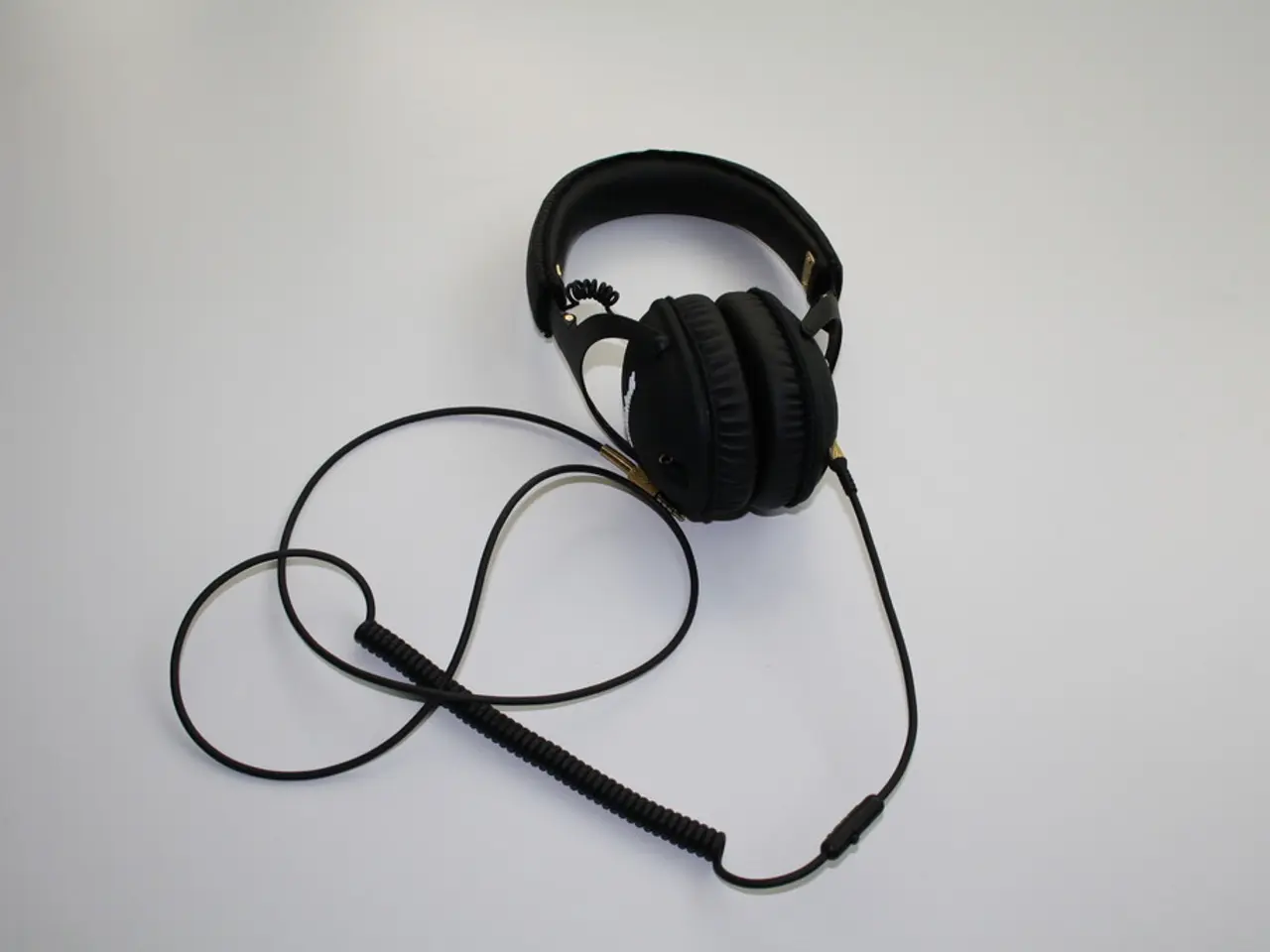A Comprehensive Look at the Costs of 15+ EEG Headsets: A Detailed Review
Booming EEG Headset Market in 2025: Affordable, Advanced, and Accessible
The global market for Electroencephalography (EEG) headsets is experiencing a significant surge, driven by advancements in technology and increasing demand across various sectors. According to recent reports, the Brain Computer Interface (BCI) market, which includes EEG headsets, is valued at around USD 1.25 billion in 2025 and is expected to grow steadily, reaching approximately USD 1.5 billion by 2032.
Market Overview and Pricing
The market offers a broad range of products catering to different price points and use cases. Consumer-grade EEG headsets generally range from $150 to $600, while clinical-grade or research devices can cost significantly more, often $1,000 to $5,000+. Supply chain and production improvements have led to a reduction in costs, making EEG headsets more affordable and accessible, especially wireless and dry-electrode models.
Key Features and Innovations
One of the significant advancements in the EEG headset market is the rise of dry electrode technology. This innovation allows for faster setup and usability outside labs, while maintaining signal quality comparable to traditional gel-based systems. Integration of AI and deep learning algorithms has also improved neural signal decoding accuracy by about 25%.
Form factors include traditional headbands and caps with multiple sensors for broad brain activity capture, as well as earbud or in-ear EEG devices focusing on comfort and discreet monitoring. Cloud synchronization and real-time data streaming are increasingly common, supporting telemedicine and home-based care.
Best Picks Across Price Ranges in 2025
| Price Range | Example Features & Models | Typical Use Cases | |------------------|--------------------------------------------|----------------------------------------------------| | Budget ($150-$300) | Basic dry-electrode headbands (e.g., NeuroSky MindWave, Muse Basic) with focus tracking and meditation apps | Consumer neurofeedback, mindfulness training, casual gaming | | Mid-range ($300-$600) | Multi-sensor wireless headsets (Emotiv Epoc X, Muse S) with better signal quality, sleep tracking, wireless, and app ecosystems | Advanced consumer use, education, research, wellness monitoring | | Premium ($1000+) | Clinical/research-grade dry electrode caps (Wearable Sensing DSI-24, g.tec, NextSense earbuds) with multi-channel data, AI analytics, hospital-grade accuracy | Clinical diagnostics, neuroscience research, epilepsy monitoring, neurorehabilitation |
Market Trends
The increased adoption in clinical settings, such as hospitals, diagnostics, and cognitive healthcare, is driving demand for higher-end EEG systems supported by AI and cloud platforms. Growth also occurs in non-clinical applications like gaming, emotion recognition, and wellness, with wireless, lightweight, and consumer-friendly devices. Asia-Pacific countries like China and South Korea are expanding exports and manufacturing capacities, boosting global market access and competitive pricing.
In summary, the EEG headset market in 2025 is characterized by diverse products ranging from affordable consumer wearables to advanced clinical devices, enhanced by AI-driven interpretations and improved usability via dry electrodes and wireless designs. The best choice depends on the intended use, with market leaders including Emotiv, Muse, Wearable Sensing, and innovative new entrants in wireless ear EEG technology. It is recommended to consult colleagues, experts, or manufacturers when deciding on an EEG headset for research or work.
- With the rising popularity of dry electrode technology and advancements in AI, the EEG headset market is not only becoming more affordable but also offering innovative solutions such as wireless ear EEG devices for comfortable and discreet monitoring.
- The diverse array of technologies available in the EEG headset market, including consumer-grade and research devices, caters to various sectors, and the market is expected to continue growing, driven by advancements in technology and increasing demand across sectors like gaming, wellness, and clinical applications.




